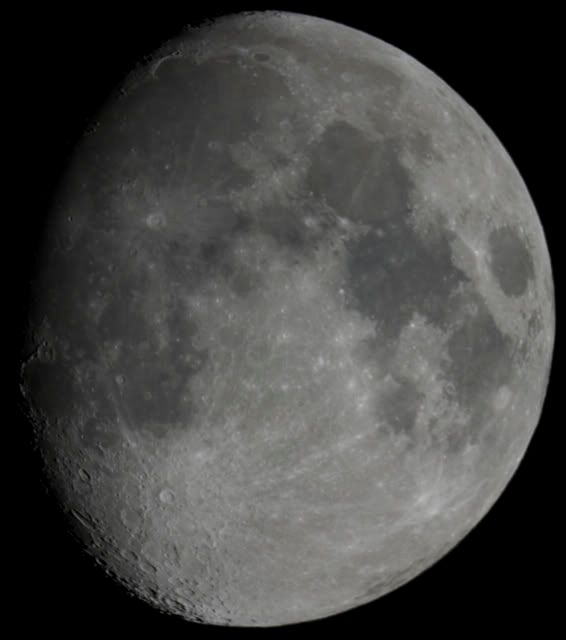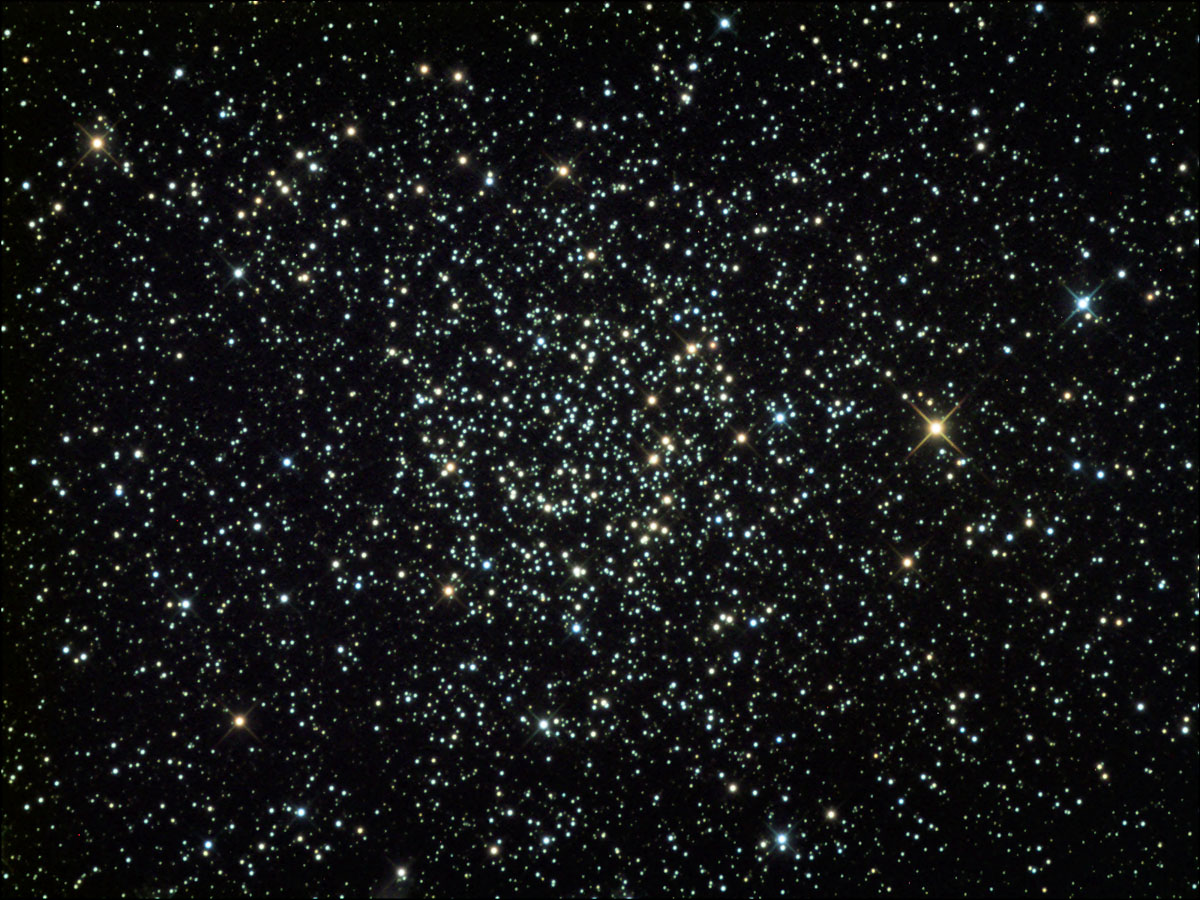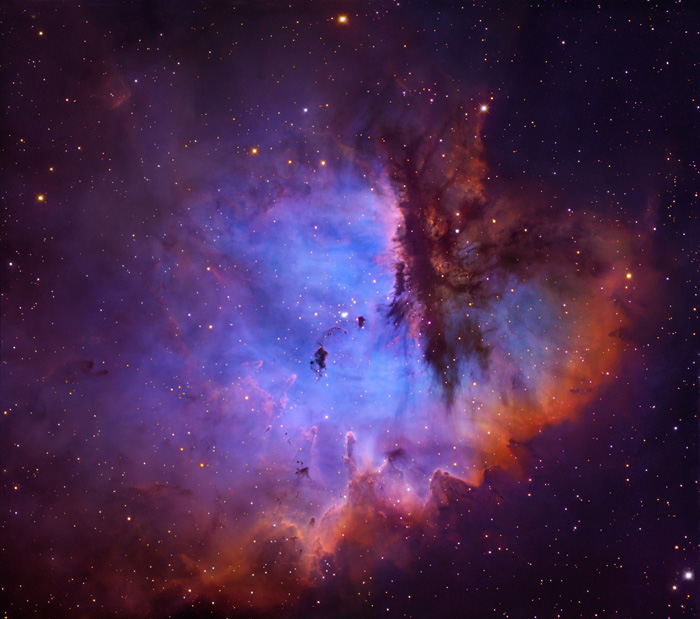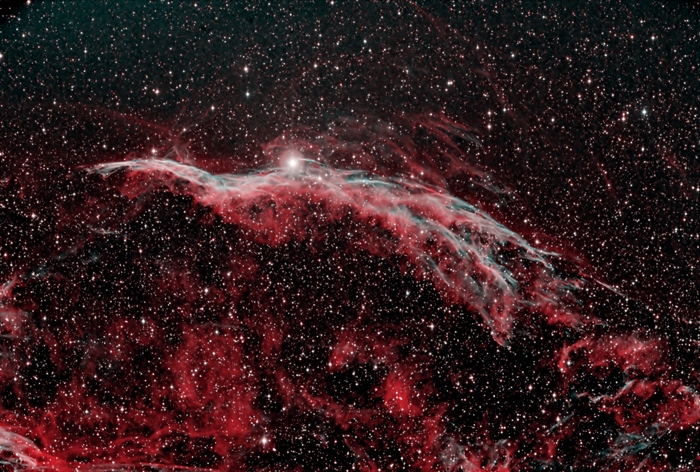Please post your images here for October 26-29.
If you need instructions on posting images, please see this thread.
Thank you!
_____________________________________________________________________________
<- Previous submissions
Jupiter RGB Sequence
http://www.galacticimages.com
Copyright: John Chumack
First I had to purchase a set of Astronomik’s or AstroDon RGB Filters:
R filter for the Red,
G filter for the Green,
B filter for the Blue.
The filters all have IR/UV wavelengths blocked so will give you the natural color of the object your imaging. Shooting through these filter only let that specific wavelength range of light through. I capture each channel individually, using the webcam saving as an AVI (video) file. I capture Avi video of each Channel, quickly, as Jupiter rotates so fast it can blur the cloud details in only 90 seconds.
I stack the Avi’s movies in Registax (freeware) software, which gives me only the sharpest frames from the video. The atmosphere blurs many of the frames, so you need to use only the good ones. You usually end up with 3 nice (black & white) Monochromatic images. Then I combined all three Monochrome images (RGB channels) on a computer with software (Maxim DL is what I use) it will give you a RGB natural color image.
There is another channel that can be captured using no filter, which is Luminance, this would give you an LRGB image, but that’s whole other chapter. I did not use a Luminance channel in this image.
Why don’t I just use a Color video web Camera?
Several reasons:
- Current Color Cameras are not as sensitive as Monochrome/B&W cameras.
- The Color Cameras are typically lower resolution,
- The color ones do not give as clean of an image, the built in filters were not design for astronomical imaging,
- They tend to be noisier too!
<- Previous submissions
















